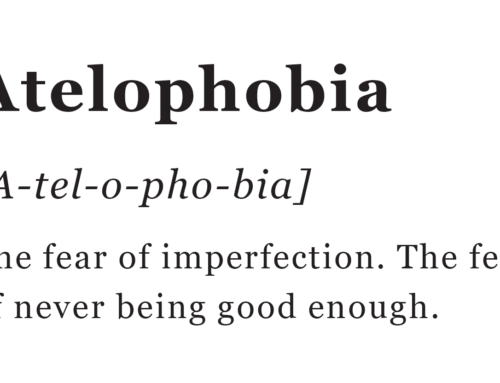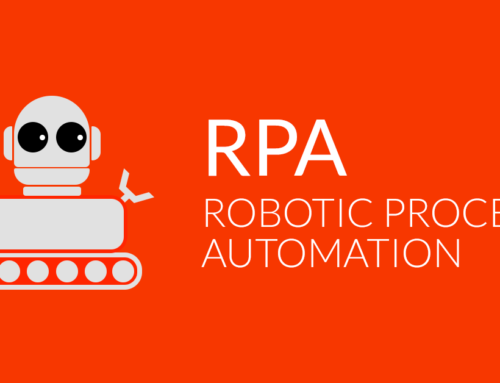We provide a core skill set that empowers innovation, while driving CX and transformation. But we are mostly a misunderstood bunch of geeks. We are not exactly IT/technology people, we are not project managers, business analysts nor are we operations people. While we possess some of the knowledge and skill set of the stated roles, we don’t fit into anyone of those boxes. Think of us as problem solvers. If we were in a manufacturing environment we would be engineers; responsible for innovating new products, designing its manufacturing process, sourcing its raw material and production equipment and ensuring day-to-day production of the product. Process Architects in the Financial Sector use:
- Voice of the Customer and translate them into insights
- Data Analysis to find golden nuggets (business metrics/KPIs, financial and customer)
- Competitive Landscape Analysis to identify direction for change
- Business Process Analysis to hone in on points of friction
- Technology benchmarking (disruptive or proven) to understand available tools to create seamless & efficient new experiences (i.e. business processes)
Process architects do all of the above to identify white space to fuel innovation, but also pinpoint what and how existing services, & processes should be improved. We are responsible for developing the blue print of how business processes need to evolve, highlighting points where technology is to be leveraged, in order to be the best a company can be in serving its clients. With the blueprint in hand, everyone in the organization will be, working off of the same plan, aligned to a larger strategy.
We are different from others because in order to be successful at re-imagining a new way of operating we need to function at both at 50,000 foot level (in order to have context and understanding of the strategic direction) and at the blade of grass level (the devil is in operational details). Going from macro to micro is a critical skill in being able to recognize short comings in a business process and designing the steps to close the gaps. We are also effective change agents – not bulls in a china shop – sculptors carefully applying both deftness and gentle pressure to shape outcomes. Change is not easy, especially when there are organizational impacts. Process Architects are armed with change management skills to navigate political, cultural and technological points of friction.
Where do you find Process Architects? There are 3 options – go out and hire someone that has been classically trained in Lean Six Sigma (they are typically good process/problem solvers), find a top talent in your organization and train & coach them or find the right partner to get you started. To learn more, see our ProcessArc training overview https://www.processarc.com/training/.





